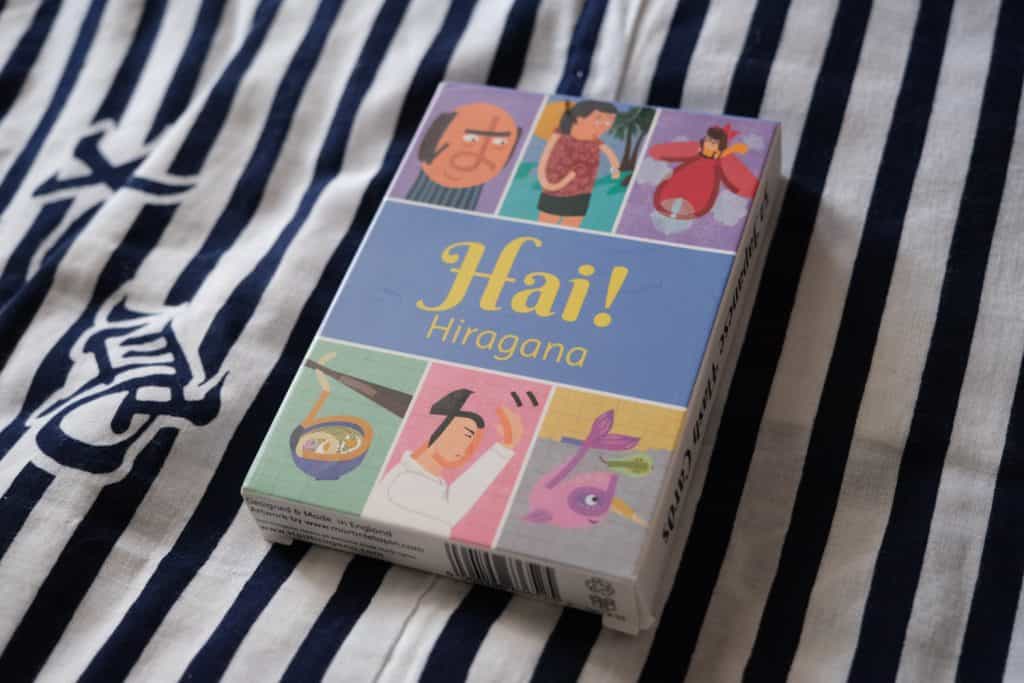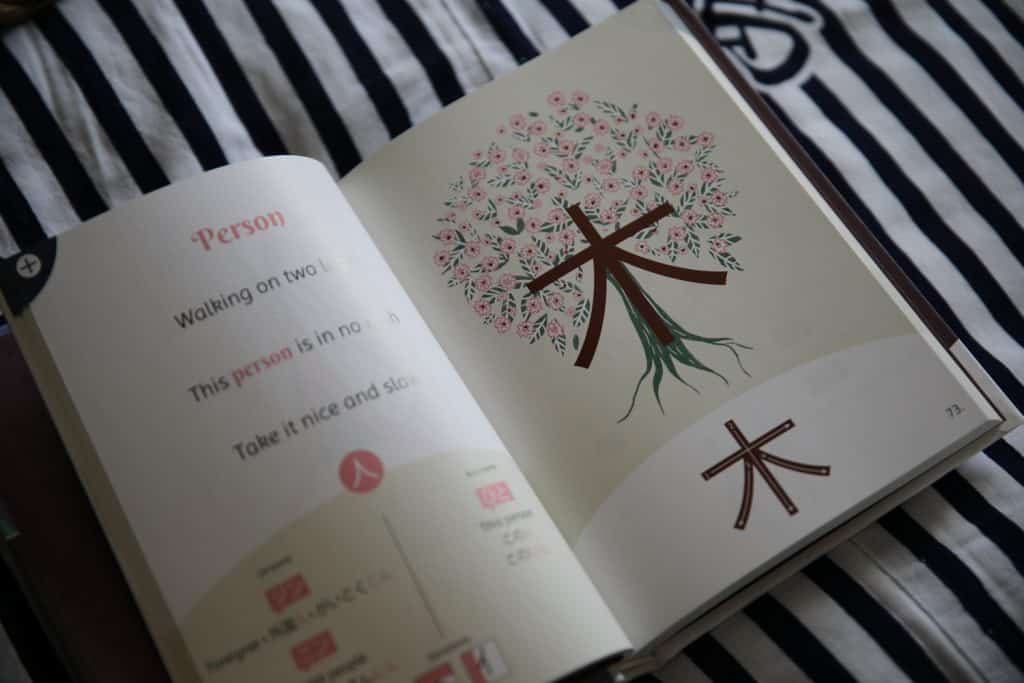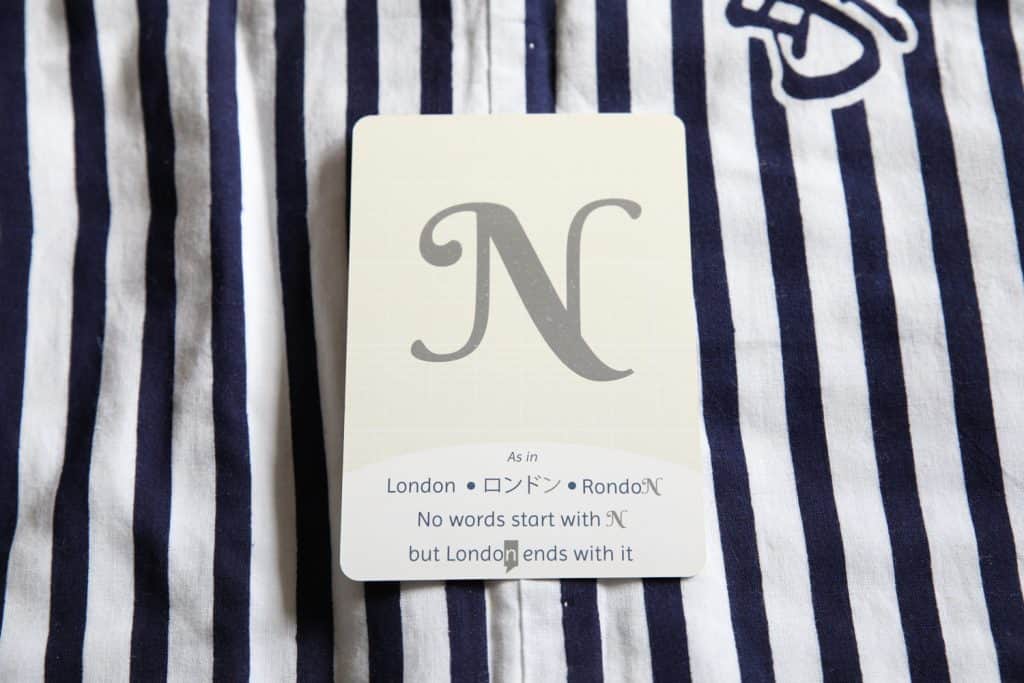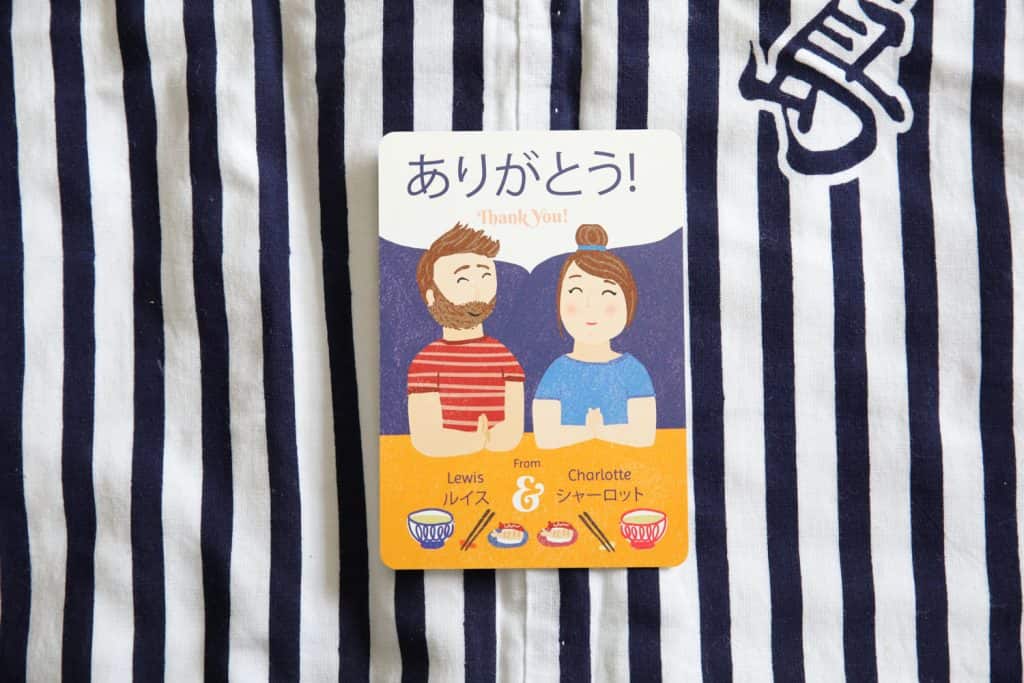One of the main reasons I started this blog is to help everyone understand that Japan doesn’t have to be overwhelming, despite what you may see in videos. One part of Japan that is often (and perhaps rightly) considered overwhelming is learning the 3 ominous alphabets. Namely, Kanji.
Fear not, the good folks over at Hai! Japanese have you sorted. And the best part about their product? You don’t have to spend any more hours staring at a screen. For people like me, that’s an absolute lifesaver!
What is Hai! Japanese?
Well, in case you haven’t read the title of this blog post yet, it’s what I would consider one of, if not the best ways for beginners to learn all three of Japan’s alphabets. It’s not overwhelming, and you aren’t at the mercy of the internet or your phone which continues to find a way to distract you.
Lewis & Charlotte, the creators of all three Hai! Japanese products have been creating learning materials ever since they started learning Japanese. Their aim is to re-package and re-build Japanese learning materials into a simple, easy-to-understand, and friendly resource.
Spoiler alert, that’s exactly what they’ve done, and the precise reason I think these Japanese learning materials should be in every single beginner’s hands.
Hai! Hiragana

Ahhh, Hiragana. The friendly and comforting place you’ll start when learning Japanese, and it really shouldn’t take you all that long to learn it. With only 48 characters, you could probably learn them all within a couple of days, or even hours if you’re dedicated enough.
Of course, remembering them is very different from properly learning them, so make sure you keep practising with some sort of spaced repetition!
First things first, the designs on these cards are absolutely incredible. Lewis & Charlotte seem to know just how much information to put on the card, without it being too overwhelming for a beginner. As we’ll see in a little bit, this works wonders with the Kanji book!
Hai! Katakana

Katakana is the second alphabet you’ll learn when you study Japanese. It has two fewer characters at 46, but it was harder to learn for me anyway. I tried to learn them both in quick succession so perhaps my brain struggled to differentiate between the newly learned characters. Again, this is when space repetition really comes into its own.
Katakana is mainly used for borrowed words, which means if you can read Katakana, you’ll probably be able to recognise actual words when you’re in Japan with very little translation. It’s an extremely rewarding experience!
Hai! Ku

You’ve already seen the great front cover design of this book (we’ll talk more about that in a minute!), and now we’ll take a look inside.
The first thing you’ll notice is how the book is formatted. At first, this was something that confused me a little (we’ll blame that on my lack of kanji knowledge, or that I hadn’t had my morning coffee yet!). Basically, the way this book has been put together is absolutely genius. If it was me designing it I probably would have put the mnemonic on the left side and the explanation on the right. However, by having the mnemonic on the right-hand side, you have to guess (or remember) the definition before you flip it over.
So now you don’t just have a book full of Kanji to learn, but also a great way to test yourself. As a somewhat solo learner, having something to test me like this is invaluable. Of course, there are hundreds of things online, but damn it’s so nice to switch off once in a while.

Although the pictures and design in this book are fantastic, information is still the most important. After all, we are trying to learn another language.
In case you didn’t already know, Japanese kanji come with two readings: “On’yomi” and “kun’yomi”. Because it’s not like learning 2,000 was hard enough!
These are both displayed at the bottom of the information page with Japanese furigana to help with your pronunciation (in case you haven’t learnt those Kanji yet).
If we take a look at the top of the page we’re presented with a haiku, another great learning aid for remembering the characters. Couple this with the addition of page numbers under certain words that also feature in the book, and you’ve got a very helpful page that still doesn’t feel overwhelming.
Design

There is something incredibly warm about the artwork drawn on each of the Hai! products. It’s inviting, and actually makes me want to pick up the books and cards, unlike a lot of Japanese learning resources. In terms of consistently learning a language, that’s huge.
I also like to have a lot of my books on display, and Hai!ku looks right at home on my book shelf. Not only is it a pleasure to look at, but it’s also a great coffee book table that often gets my guests talking.
Mnemonic
The main aim of a Mnemonic is that it’s a system to help you remember something. In the case of each of these Japanese alphabets, that means the picture that goes alongside the character has to be memorable and needs to stand out.
Thankfully, the illustration style as we’ve already discussed does just that. Each unique picture fits perfectly with its character and makes your job of remembering it a lot easier. Let’s take the character ‘N’ as an example.

If you take a look above, you can see the katakana character ‘N’ which is drawn on top of a queen’s guard illustration. At first glance, it might not be obvious how the picture will help you remember ‘N’, but if we flip the card over, things become clear.

We can now see that the queen’s guard illustration was chosen was because, of course, they’re based in London. Now, normally you’ll be given an illustration that starts with the letter rather than ends with it, but as long as it’s memorable in someway, it doesn’t really matter.
As an extra helping hand, they’ve written a sentence at the bottom to make it easier to remember, and also written the main word “London” in katakana.
How do I use them?
Solo
Solo study can often be a stubborn mistress. If you don’t have the determination and self-discipline to see your task through, the results often end up being spotty at best. Fortunately, both the cards and books can easily integrate into your study routine.
First up, the cards can be used as simple Japanese flash cards. Start with the character facing you, if you manage to guess it (be honest!) you can take it out of the pile. If not, put it to the back and hope you get in on the next time around!
And the book? It can be used much in the same way due to the clever design. Try to guess the kanji, flip the page over, and see if you’ve got it right. If you didn’t, I would suggest trying to write it down separately or making a note of any you struggle with. That way you can pay close attention to them in the future.
Two or more
Using the cards with two or more people is a fantastic way to study Katakana and Hiragana. One game I like to play is spreading them all out on the floor, character side up. Then, have a third party (or one of you) read out the sounds of each character. As soon as they’re read out, try to touch the right one. If you get it right, keep the card. The winner is the person with the most cards at the end
Would I recommend it?
In case you haven’t guessed yet, I’m in love with these products, and I don’t think they’d be out of place in any beginner’s resource library. It’s simple, beautifully illustrated, and perfect for not feeling overwhelmed on you Japanese learning journey. Not only that, but by purchasing from these guys, you’re supporting a small business, and who doesn’t love that!
Grab your flashcards and kanji book here!
P.S Don’t forget to grab yourself some of their fantastic free freebies on offer!









